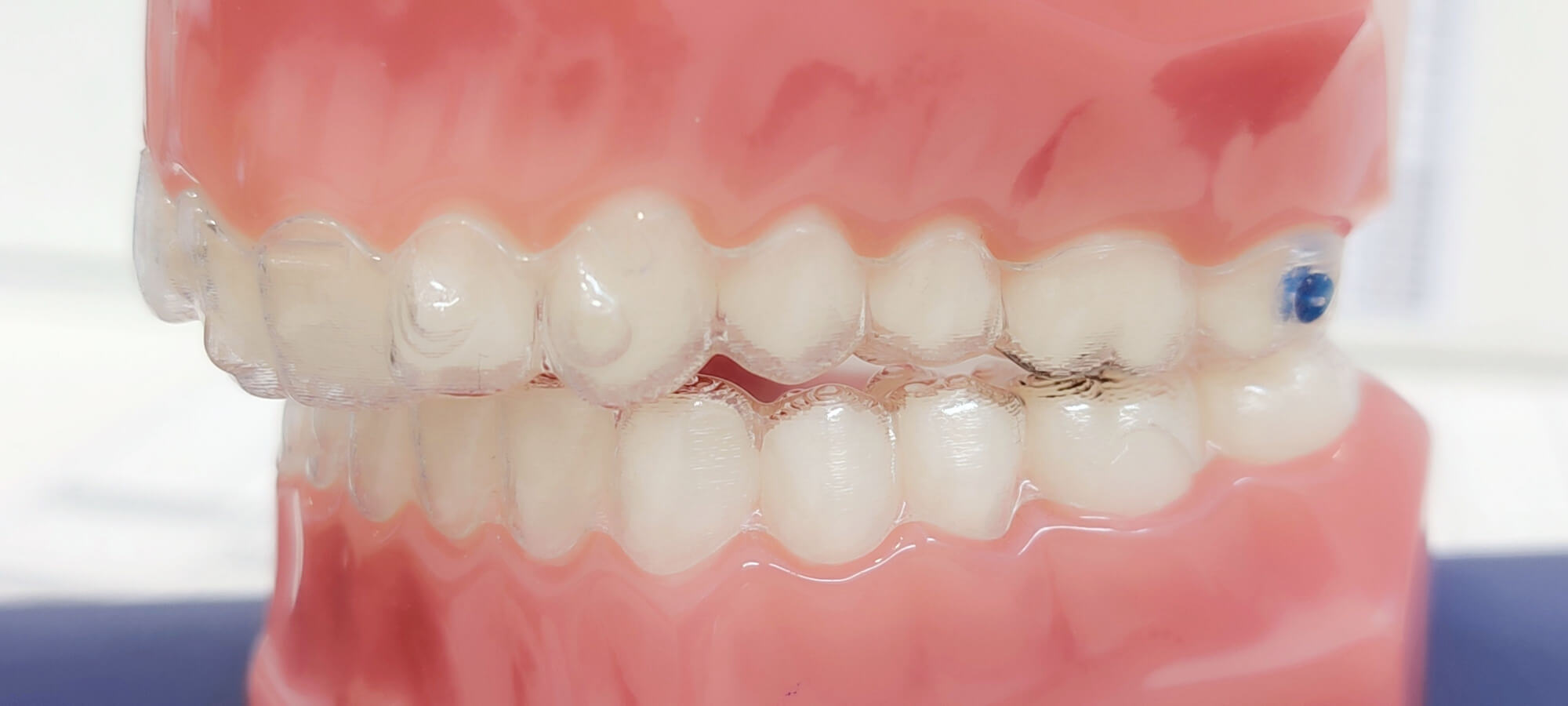How Do Teeth Change Over Time?

As we age, we experience many changes. You may notice how your knees crack more, you tend to gain weight more easily, and nowadays, even the slightest bad movement on the neck can leave you aching for weeks. However, the way your smile changes over time is often overlooked, and patients don’t understand why they’re seeing a Forest Park dentist more often than before.
Like other parts of your body, your teeth experience several changes with time, such as color, position, and even shape. To help you better understand your body, the process you’re undergoing, and when it’s time to see the professionals, here’s an explanation of the most common ways our smiles age.

5 Ways Our Smiles Change as We Age
1. Teeth Shifting
Shifting teeth is a natural part of aging, known as “physiological mesial drift.” But our teeth don’t only change positions; they move progressively toward the front of your dental arch. This process emerges as a result of the natural loss of bone density we experience as we age.
Your teeth crowd closer together as your jawbone shrinks, giving them less space. The shift is also made easier because your teeth are less firmly anchored in your gums due to decreased bone density. You might observe new crowding problems in your mouth as a result.
2. Changes in Tooth Shape or Length
Unbeknownst to most, teeth can change shape, even without getting veneers. After years and years of chewing food, your smile will inevitably experience wear and tear. Your teeth may become shorter due to enamel erosion from a lifetime of eating and drinking sweet or acidic beverages.
Can your teeth become longer? No, they don’t grow, but I think they’re because your gums are receding. Gum recession is a common aging phenomenon. According to one study, 90% of those aged 80 to 90 and 71% aged 50 to 59 had some form of gum recession.
3. Worsening of Current Orthodontic Problems
With all of the shifting happening in your mouth, it’s normal to expect that some orthodontic issues will arise or worsen. If you haven’t treated conditions like gaps between teeth, overbites, or overcrowding, they will only worsen with time.
Moreover, even if you have had orthodontia, failure to wear a retainer regularly can reverse the results. After many years of retainer wear, it’s easy to fall out of the habit, but teeth naturally tend to shift to their original positions. No matter your age, skipping retainer wear can mean a recurrence of your orthodontic issues.
4. Increased Cavities and Gum Disease
Cavities are mostly associated with children, and it makes sense. A child’s enamel is weaker and still developing, which makes it more prone to cavities. Additionally, kids love sweets, making the perfect building ground for bacteria. But who says adults can’t have a treat now or so often?
Dental issues can still occur when you get older, and they may even become more frequent as a result of dry mouth. Saliva production decreases as we age because fat storage in the serous glands takes the place of cells that produce saliva.
Saliva is fundamental to combating cavities because it helps break down leftover food. To prevent plaque accumulation, it’s important to drink enough water, as it can foster saliva production and wash away food debris.
5. Stained Teeth
Another issue you may have noticed is that your teeth are progressively gaining a darker color. There are several reasons for that. For starters, our teeth’s enamel is a porous material, so it can stain from eating darker foods and beverages like berries, coffee, tea, or soy sauce. Smoking also fosters this process.
Even with a strict, color-free diet, the core tissue of teeth, or dentin, naturally yellows over time. As the enamel thins with time, dentin becomes more visible. Moreover, certain health conditions or medications may impact your tooth’s color.

Visit Your Forest Park Dentist to Prevent Unwanted Alterations
Several things in life are inevitable, and aging is one of them. You can perform whitening procedures to keep stains away or use your retainers regularly to prevent them from shifting. However, certain factors, like eventual teeth erosion, are inevitable.
What you can do, though, is visit a dentist at Forest Park Dental regularly to ensure any alteration is not negative. We’ll check that erosion is a result of natural wear-and-tear and not bruxism or ensure that it results from your dietary habits and not tooth decay. If you’re due for a dental check-up, reach out!

